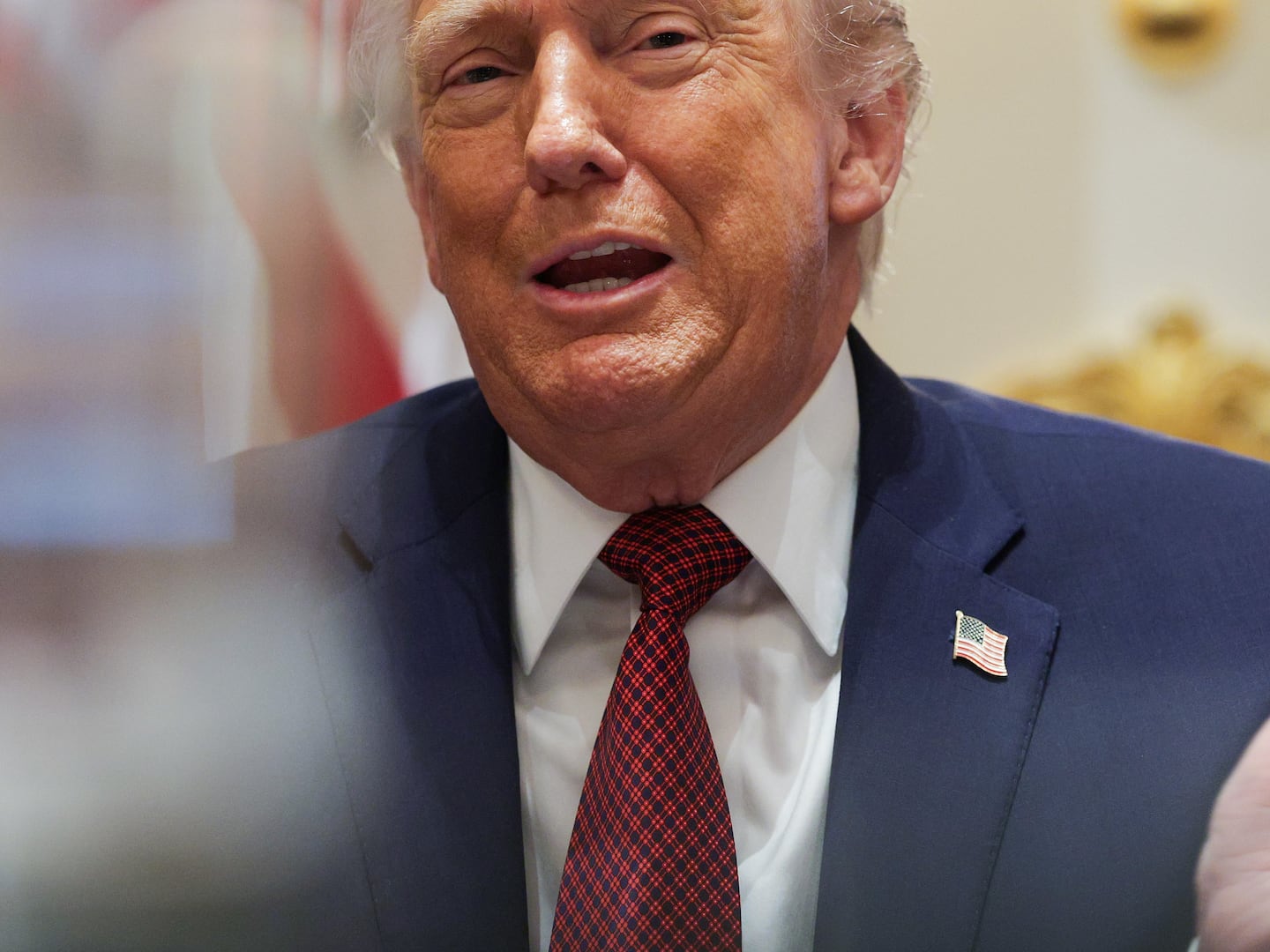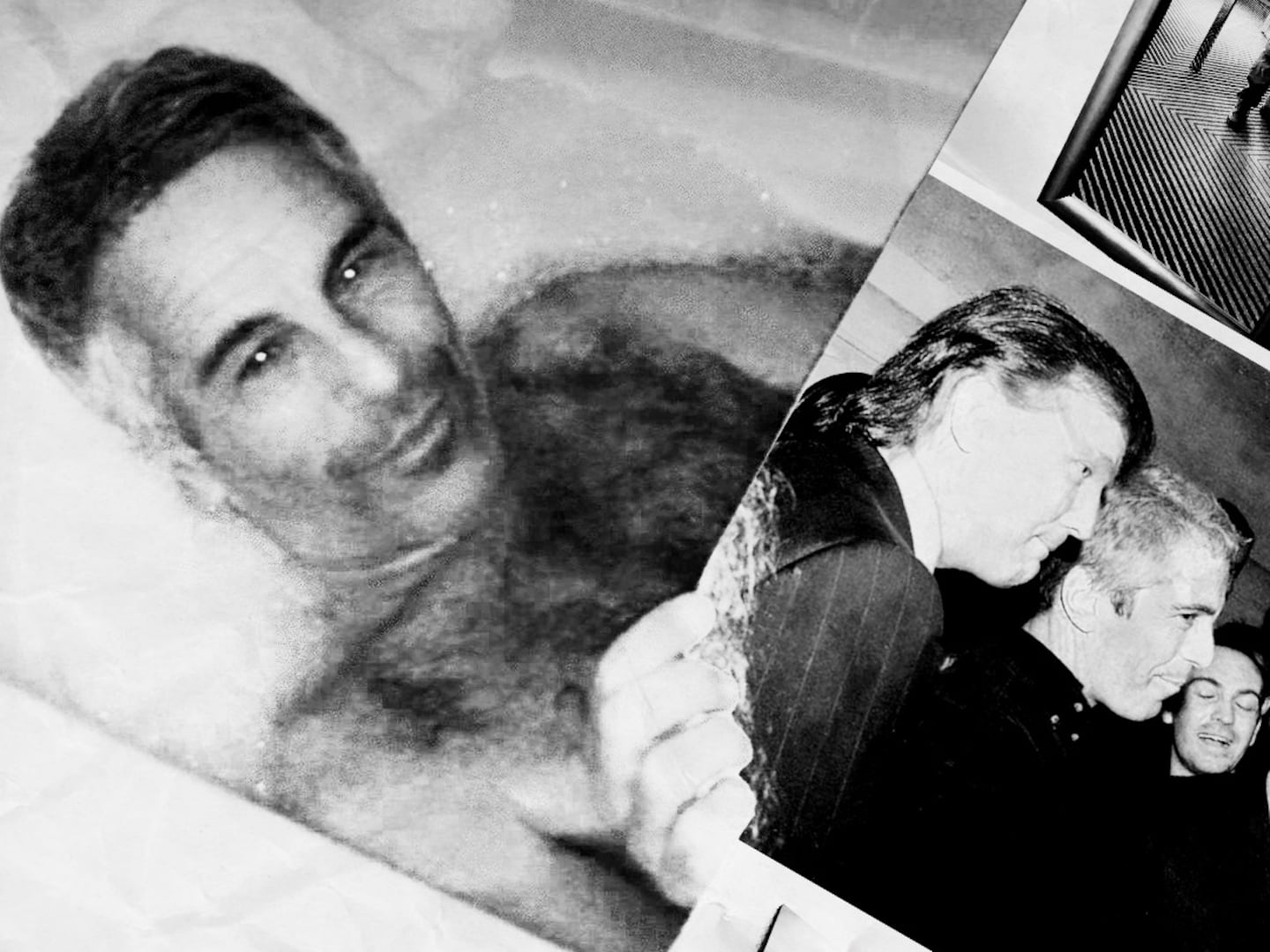Despite more than 500 pages of excruciating, awful detail, there’s much about the CIA’s interrogation, rendition, and detention programs that the Senate Intelligence Committee’s torture report doesn’t address.
None of the interrogators were interviewed. The roles of dictatorships like Syria and Libya in the CIA rendition programs were left unexplored—or least hidden behind layers of confounding redactions that make many passages of the report incomprehensible. There’s no concrete answer about who really gave the torture orders. And the role of the Obama administration, which slow-rolled the release of the report for five years, was all but ignored.
The Senate report is also filled with redaction after redaction, with the names of many CIA officers entirely blacked out rather than described by pseudonyms. The obfuscation frustrated Sen. Ron Wyden (D-OR), a longtime advocate for the release of the report.
“Every major inquiry since the Church Commission—Abu Ghraib, Iran-Contra—all of them used pseudonyms,” Wyden told The Daily Beast in an interview before the release of the report. “The important thing about the pseudonyms is that [they provide] the opportunity to learn not just what happened but why it happened.”
As if the redactions weren’t frustrating enough, Republican members of the Senate committee released a set of dissenting views that are diametrically opposed to the Democrats’ conclusions. GOP members long ago disavowed the entire investigation, saying Democrats failed to interview a single person involved in the torture program and relied solely on documents devoid of any context. Readers seeking some consensus on the CIA’s program won’t find it from the oversight committee.
“How can the public ever decide who is right?” asked Mary McCarthy, a former CIA officer whose last job was in the agency’s Office of Inspector General, where she oversaw a probe into the CIA’s interrogation program.
Names of countries that participated in the program are also nearly impossible to discern, hidden behind redactions even of the pseudonyms given to them. There’s no apparent examination, for instance, of the United States turning over detainees to Syria, where at least one man formerly held in U.S. custody was known to have been tortured. Also absent, or hidden, in the report is the role played by Jordan, a close CIA ally in the Middle East, though human-rights groups have documented Jordan’s role in the agency’s rendition efforts. And any mention of Libya’s assistance in shuttling detainees, back before strongman Muammar Gaddafi was brought down with the help of U.S. airstrikes, is missing, too.
Those deletions may please some CIA defenders and Obama administration officials who are leery of upsetting relations with foreign partners, even less-than-savory ones. But former intelligence officials, including those ultimately responsible for running the program, still found plenty to dislike about the Senate Democrats’ report, which they called flawed and biased and said leaves out many key parts of the story.
“No one should blindly accept the committee’s assertions without a careful reading of the rebuttals by the [Republican] minority, the current CIA leadership, and other documents that are being released in conjunction with the publication of the majority’s deeply flawed report,” former CIA Director George Tenet, who led the agency when the program started, said in a statement Tuesday.
Said another former senior official, “Many conclusions are simply wrong. And a good chunk of the story is missing.” For starters, there is no sense of the “context of the times in which this decision to use these techniques was made,” the former official said. Three thousand people had just been killed and there was “credible reporting of a second wave attack,” as well as reporting that Osama bin Laden had been meeting with nuclear scientists to try to get his hands on material for a weapon, he said.
“The CIA was coming to the White House and saying, ‘We need to do this’” program, the former official said. “I believe deeply in my bones that [the interrogation program] was effective, and so did the CIA at the time,” despite Democrats’ position that agency officials deliberately misled lawmakers about the program’s effectiveness, he said.
On Tuesday evening, the ACLU sought to fill in the gaps, saying the findings should be followed with the appointment of a special prosecutor, CIA reform, an apology to victims, and full disclosure of the entire report.
On at least one point, CIA defenders and Senate Democrats have found common ground: The interrogation program was poorly managed, to the point that the CIA didn’t even know how many detainees were in its custody at one point. At one site in particular, which the report refers to by the fictitious name Cobalt but is known to be a notorious, dungeon-like prison in Afghanistan known as the Salt Pit, officials kept few formal records of detainees and relied on poorly trained personnel, including some who had histories of violence and abusive treatment of others. One prisoner, who was left naked and shackled to a cold floor, died of suspected hypothermia.
“Absolutely, no doubt about it, CIA was at fault” in mismanaging the program and particularly in how some detainees were treated, the former official said, without confirming the location or particular events at the Cobalt site. “It was a leadership failure.” But he added that the Democrats failed to recognize that abuses were discovered by the CIA itself and that by 2003, the agency had put a stop to much of the brutal behavior that fell outside the bounds of the program.
Also missing in the report is an exploration of the role the Obama administration has played in stalling the release of the report. While the president campaigned against torture, his administration has sought to block the release of photos said to document abuse of prisoners in Iraq and Afghanistan. Senate Democrats, the CIA, and the administration came to an agreement last December to release some portions of the report, but it took nearly a year.
While the White House’s official position was that it welcomed the release of the Senate committee’s report, that wasn’t a unanimous feeling in the Obama administration. In the days before the report was released, Bloomberg View reported that Secretary of State John Kerry reached out to Sen. Dianne Feinstein (D-CA), the Intelligence Committee’s chairwoman, to ask her to delay the release of the report. The State Department responded that Kerry was merely asking Feinstein to “consider” the timing of the release and its foreign-policy repercussions.
Perhaps most perplexing, Senate Democrats left unaddressed the role played by top Bush administration officials, including former Vice President Dick Cheney, in constructing and authorizing the program. The report blasts CIA personnel for overstepping the boundaries of interrogation techniques as laid down by the Justice Department. But it has little to say about senior Bush administration officials’ roles in shaping those rules in the first place. That hasn’t sat well with intelligence officials still working at the CIA who think their bosses—who gave the orders to torture prisoners—are being let off the hook, while agency employees bear the brunt of the outrage.







